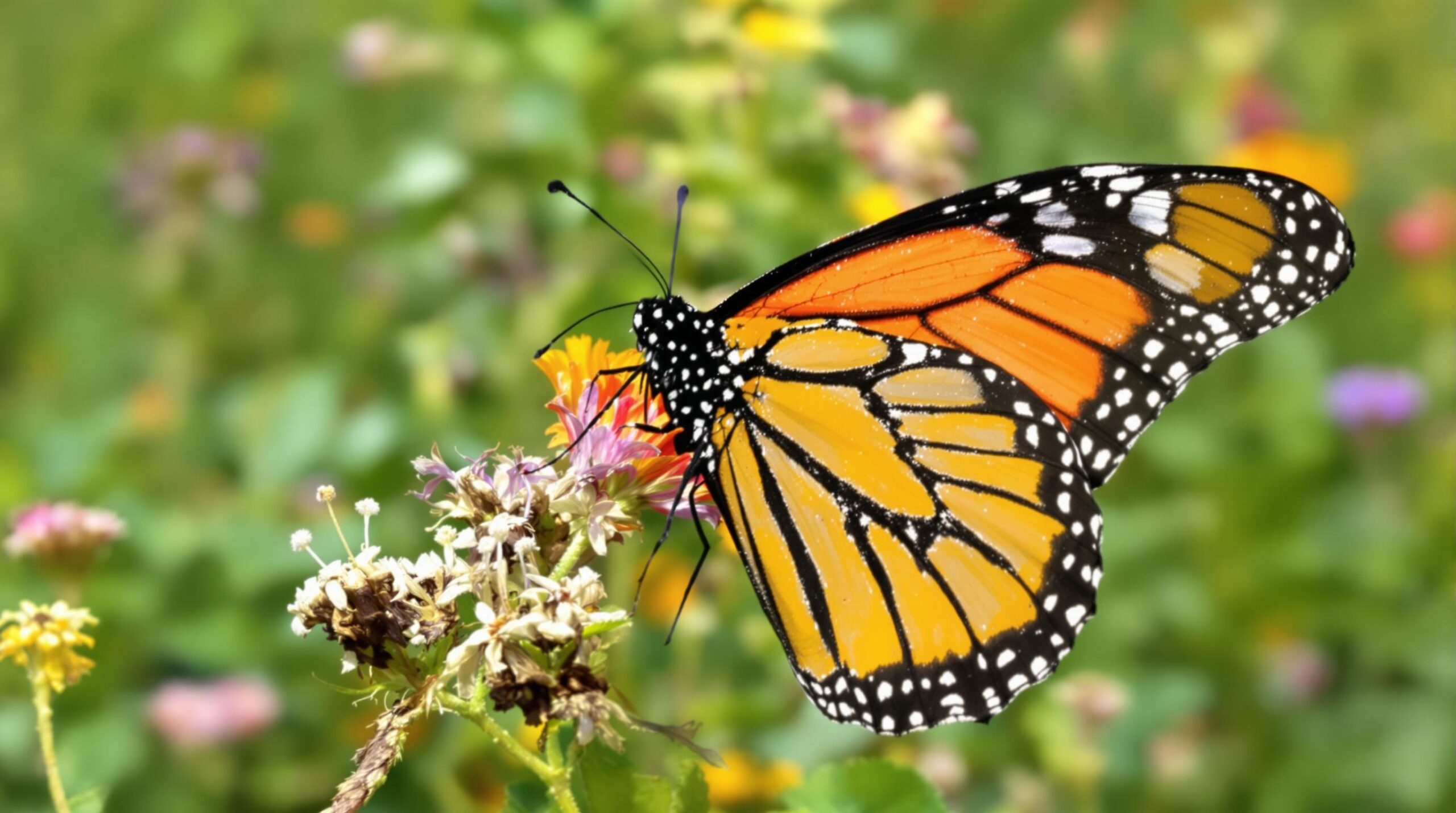The monarch butterfly, once a symbol of thriving ecosystems and seasonal change, now faces an alarming reduction in its population. Conservationists and scientists have sounded the alarm following a new study, urging immediate attention to this crisis. The implications extend across North America, creating concern for biodiversity and environmental health.
Research Highlights Unexpected Trends
Researchers from leading universities collaborated on a long-term study tracking monarch butterfly populations across North America. Their data covers migration routes, breeding grounds, and winter habitats over the past decade. Researchers initially expected fluctuations but encountered results that diverged sharply from projections.
Scientists analyzed data from tagged butterflies, habitat reports, and citizen science initiatives. These sources provided a comprehensive view, revealing an abrupt and sustained population drop. The findings challenge prior assumptions, highlighting factors previously underestimated or overlooked by experts.
Alarming Population Declines
The study indicates a population decline exceeding 80% in certain monarch habitats since 2016. Wintering grounds in Mexico show drastically reduced numbers of overwintering butterflies. Breeding sites in the United States and Canada also reflect sharp decreases in observed individuals.
This downward trend represents more than a normal year-to-year fluctuation. The persistence and speed of these losses surprised many ecologists. Scientists now acknowledge that the monarch population may face a critical tipping point, with potential repercussions for other species and ecosystems.
Causes and Contributing Factors
Experts identify several causes behind the monarch butterfly’s dramatic decline. Habitat loss emerges as a primary driver, due largely to agricultural expansion and urbanization. Milkweed plants, essential for monarch larvae, continue to vanish from prairies and farmland.
Pesticide usage further compounds the problem. Chemicals intended for crop protection often kill milkweed or directly harm butterfly larvae and adults. Climate change also contributes, causing temperature fluctuations and disrupting migration patterns essential for reproduction and survival.
Deforestation threatens Mexican forests where monarchs overwinter. Illegal logging undermines the moist, cool microclimates crucial for butterfly survival during winter months. Scientists now investigate how extreme weather events further increase risk for these delicate insects.
Unexpected Insights from the Study
The study uncovered unexpected patterns related to the speed and scale of the decline. One surprising detail involved the lack of population recovery during favorable years. Even under optimal growth conditions, populations failed to rebound as expected.
Refined data analysis exposed notable regional differences in monarch numbers. Certain nectar routes and breeding corridors faced greater losses than others. Scientists suspect localized environmental stresses play a larger role than previously believed, emphasizing the importance of regional conservation actions.
Environmental and Ecological Implications
Monarch butterflies play a pivotal ecological role. Their migration involves pollinating wildflowers and serving as food for birds and small mammals. A continued decline could disrupt food webs, affecting countless other species in grasslands, forests, and farmland.
Reduced pollination impacts seed production for many native plants, threatening plant diversity and habitat stability. Conservationists warn that a loss of monarchs would also diminish public awareness and support for broader biodiversity initiatives. The monarch’s journey has inspired generations of environmental activists, educators, and students.
Calls for Conservation and Solutions
Organizations advocate immediate action to counter this decline. Planting milkweed in gardens, parks, and along roadsides offers one solution. Efforts to preserve and restore native grasslands are crucial for providing breeding and migratory habitats.
Reducing the use of harmful pesticides remains essential. Agricultural policies promoting alternatives to chemical weed control could play a critical role in protecting monarch habitats. Policymakers are being urged to support landowner education and community-based habitat restoration projects.
International cooperation will be vital as monarchs cross borders during migration. Conservation organizations in Canada, the United States, and Mexico are coordinating research, protection, and habitat management strategies. Collaborative efforts could help reverse declines not just for monarchs, but also for other migratory pollinators facing similar threats.
Citizen Science and Public Engagement
Ordinary people play a powerful role in monarch monitoring and conservation. Community-driven projects collect vital information on butterfly sightings, migration timing, and habitat quality. Mobile applications and online databases make participation easier than ever, strengthening data quality and geographic reach.
Schools and environmental groups are using monarch conservation as a teaching tool. Student projects create opportunities for real-world science engagement and foster a sense of stewardship. Connecting people directly to conservation work motivates lifelong interest in protecting wildlife and ecosystems.
What Lies Ahead for Monarchs?
The future of monarch butterflies remains uncertain, but hope persists thanks to new scientific insights and a determined conservation community. Data-driven strategies, combined with grassroots efforts, offer a path toward recovery. Real progress will require sustained commitment, innovation, and cooperation at every level.
The latest study brings the monarch’s plight into sharp focus, urging everyone to act before the decline becomes irreversible. Protecting monarchs means valuing the intricate connections binding ecosystems, species, and people together.
Conclusion
Monarch butterflies now stand at a crossroads. The recent study’s findings emphasize the urgent need for swift and collective intervention. By working together, restoring habitats, and supporting science-based solutions, society can help restore these iconic pollinators—and the natural heritage they symbolize.


